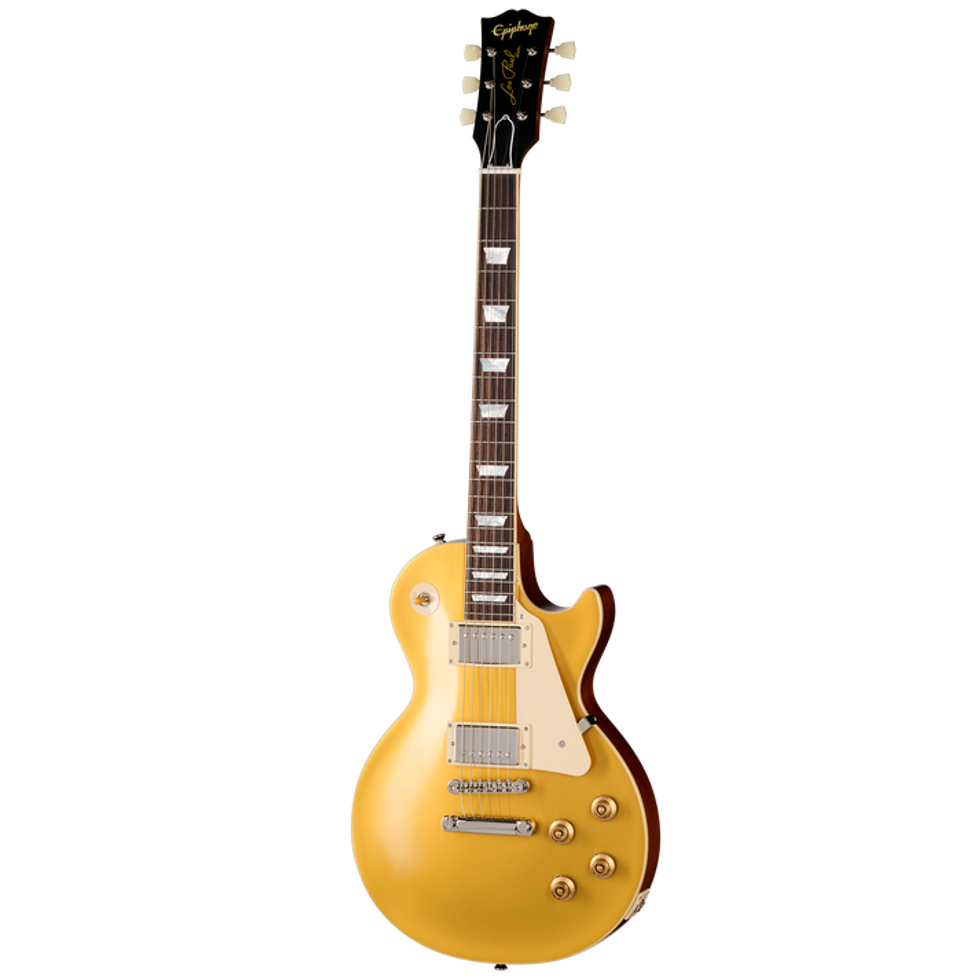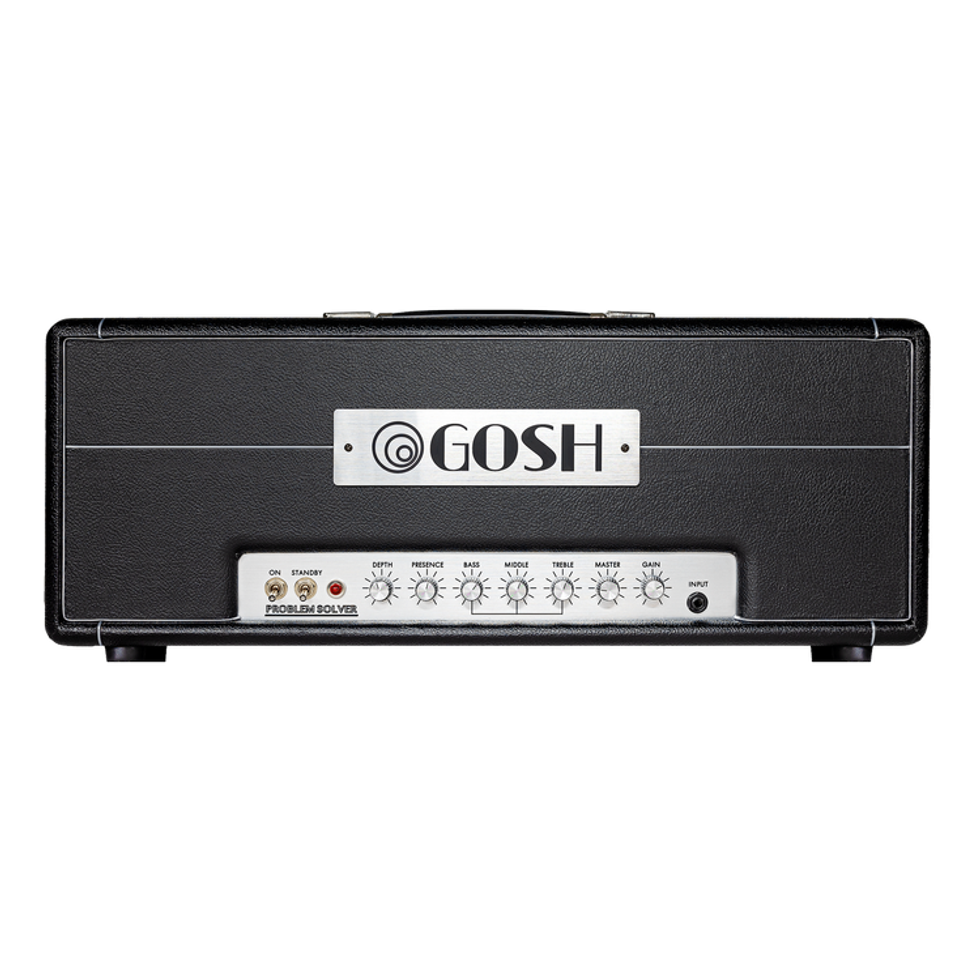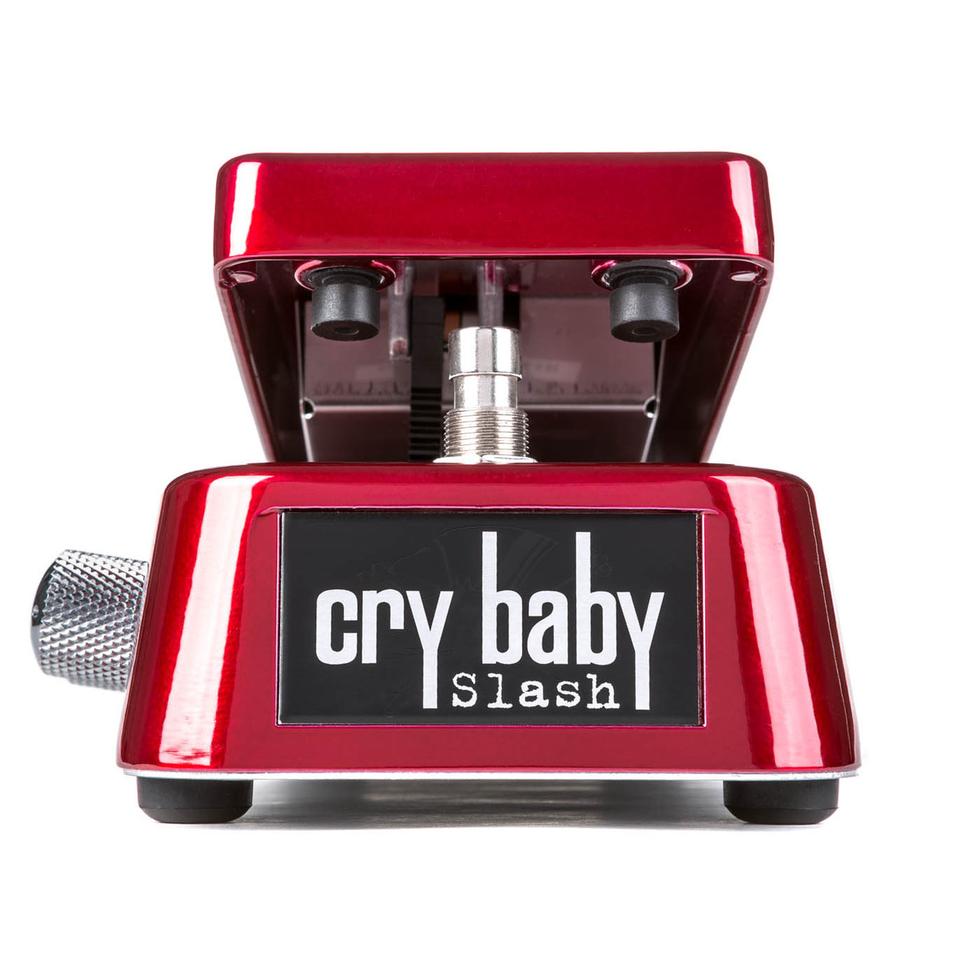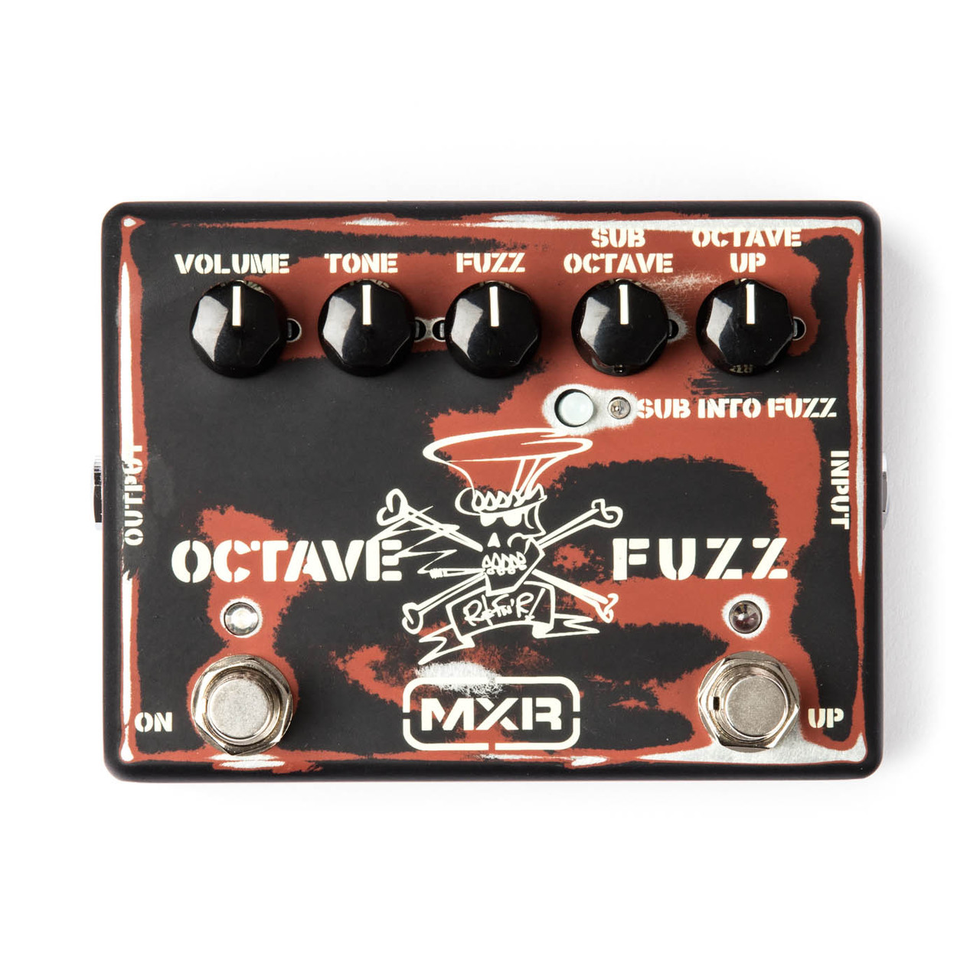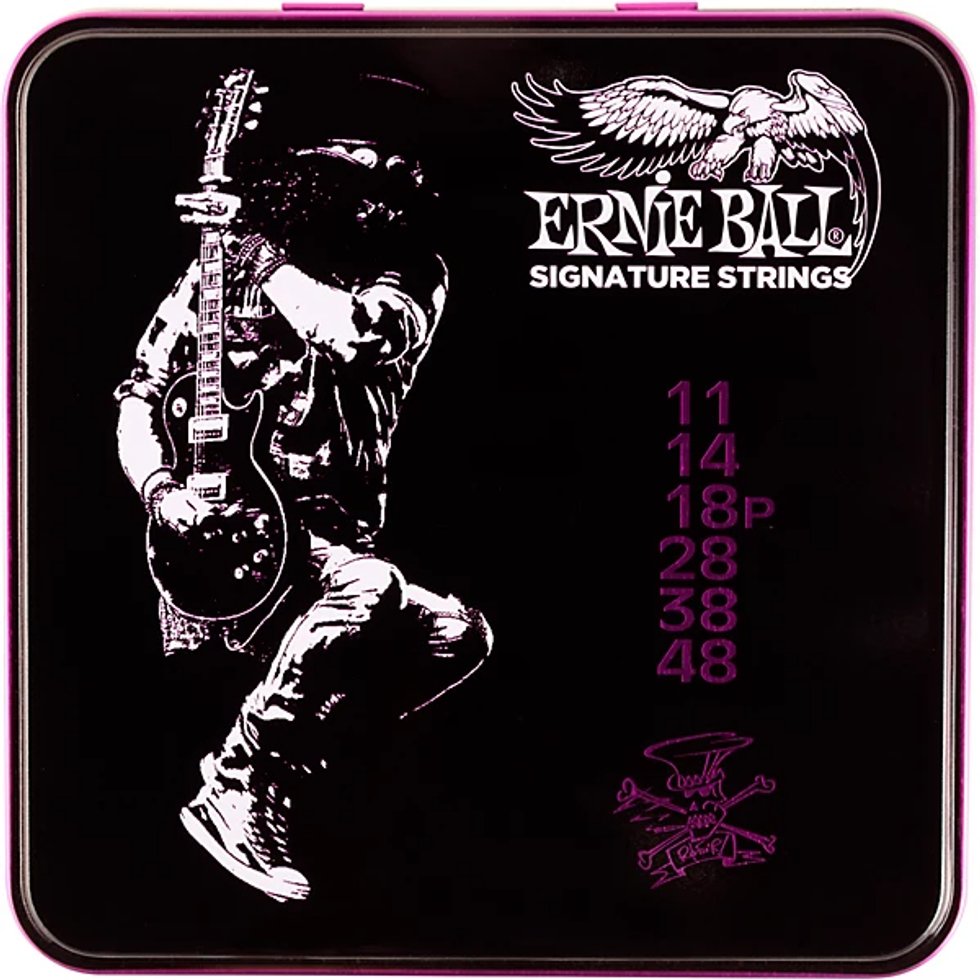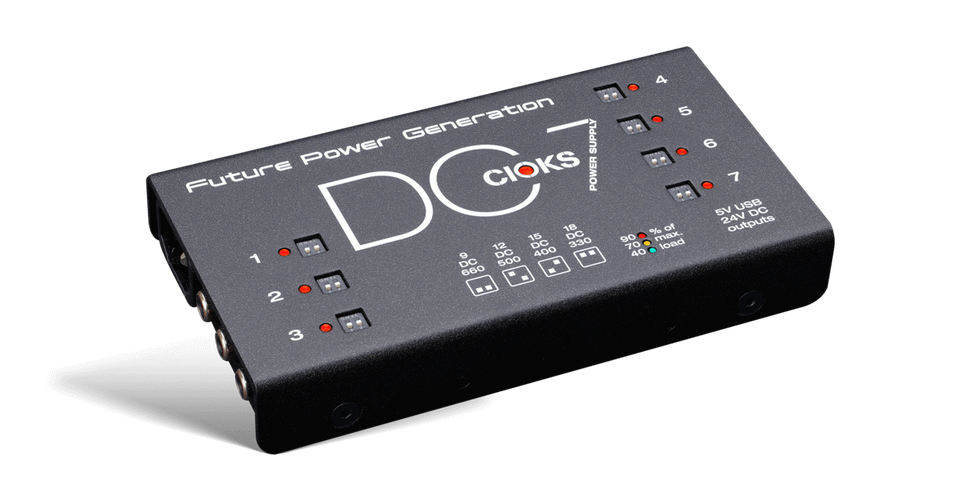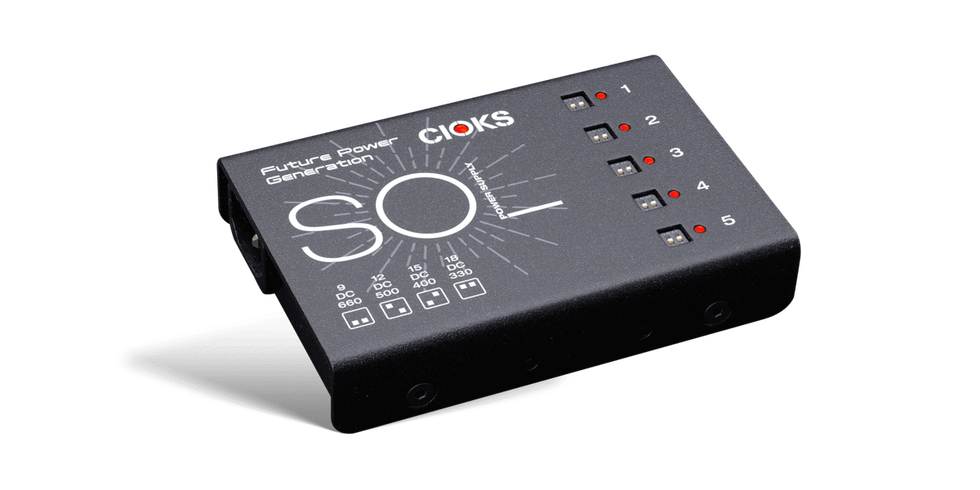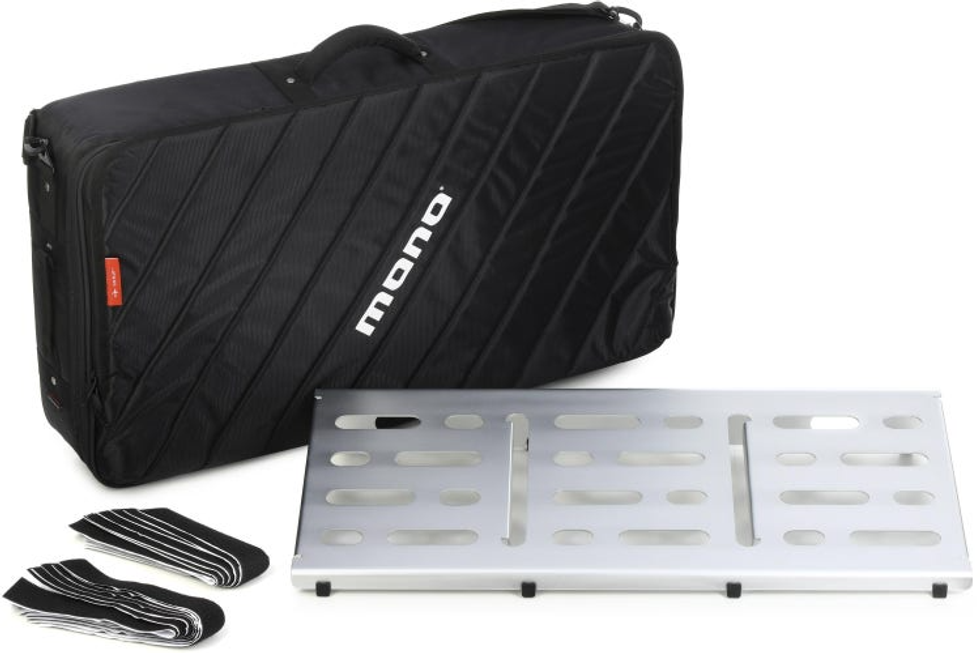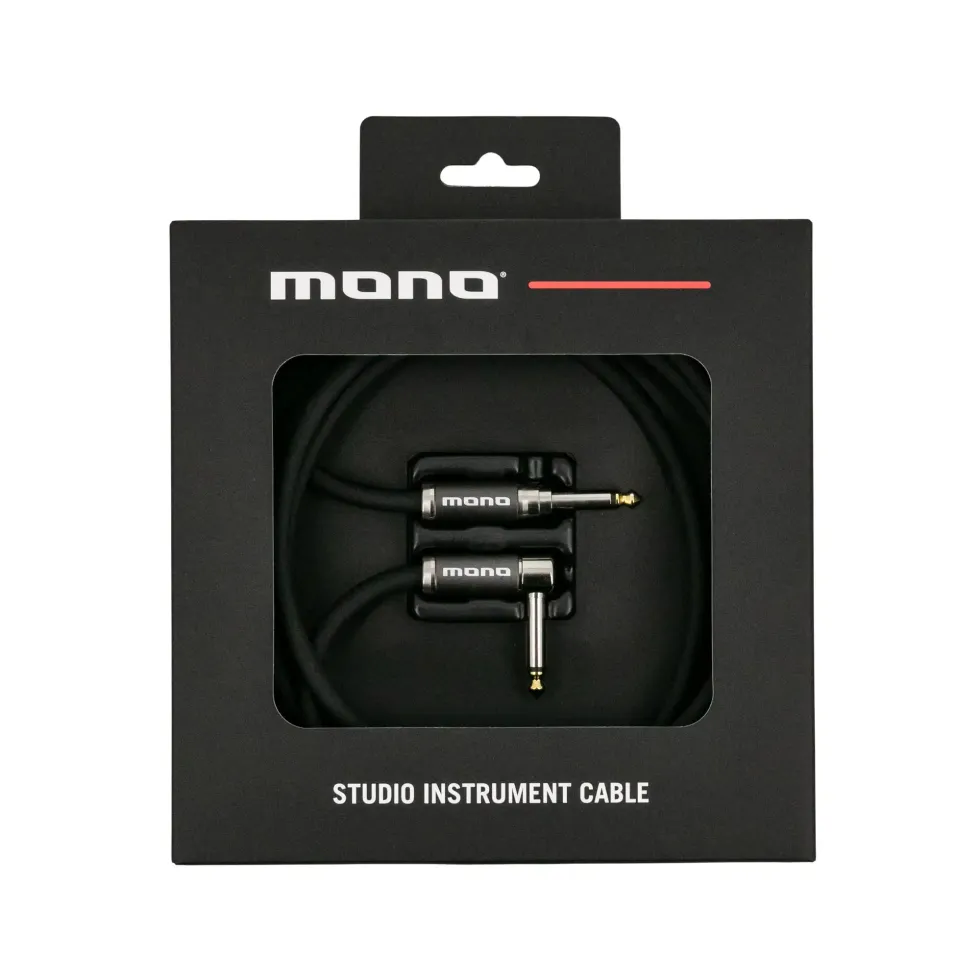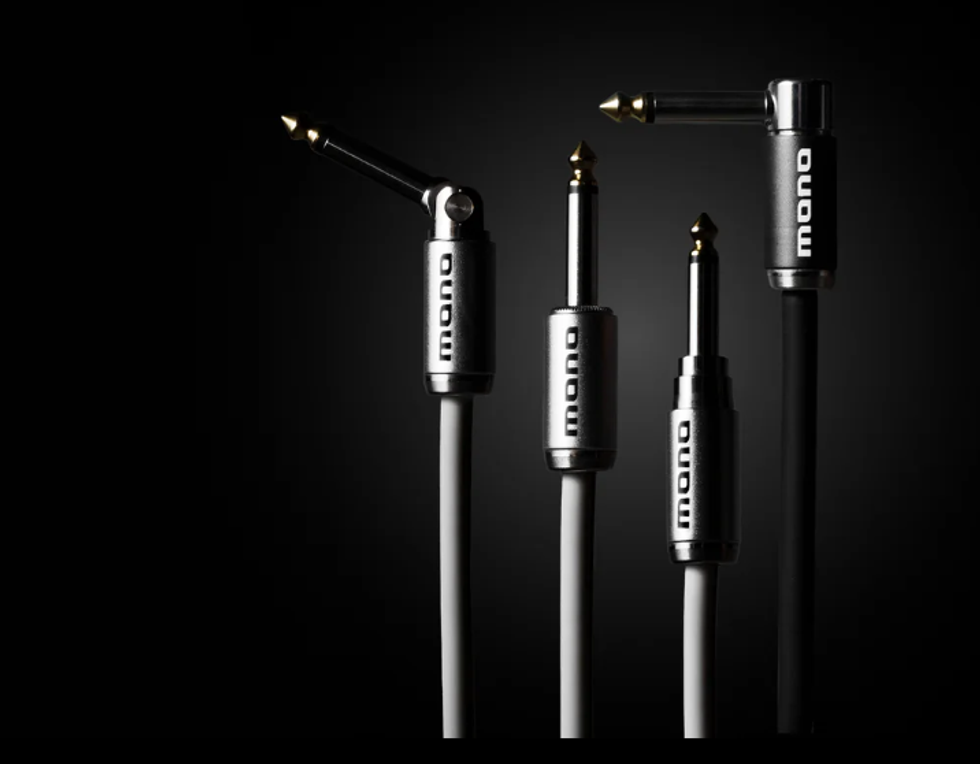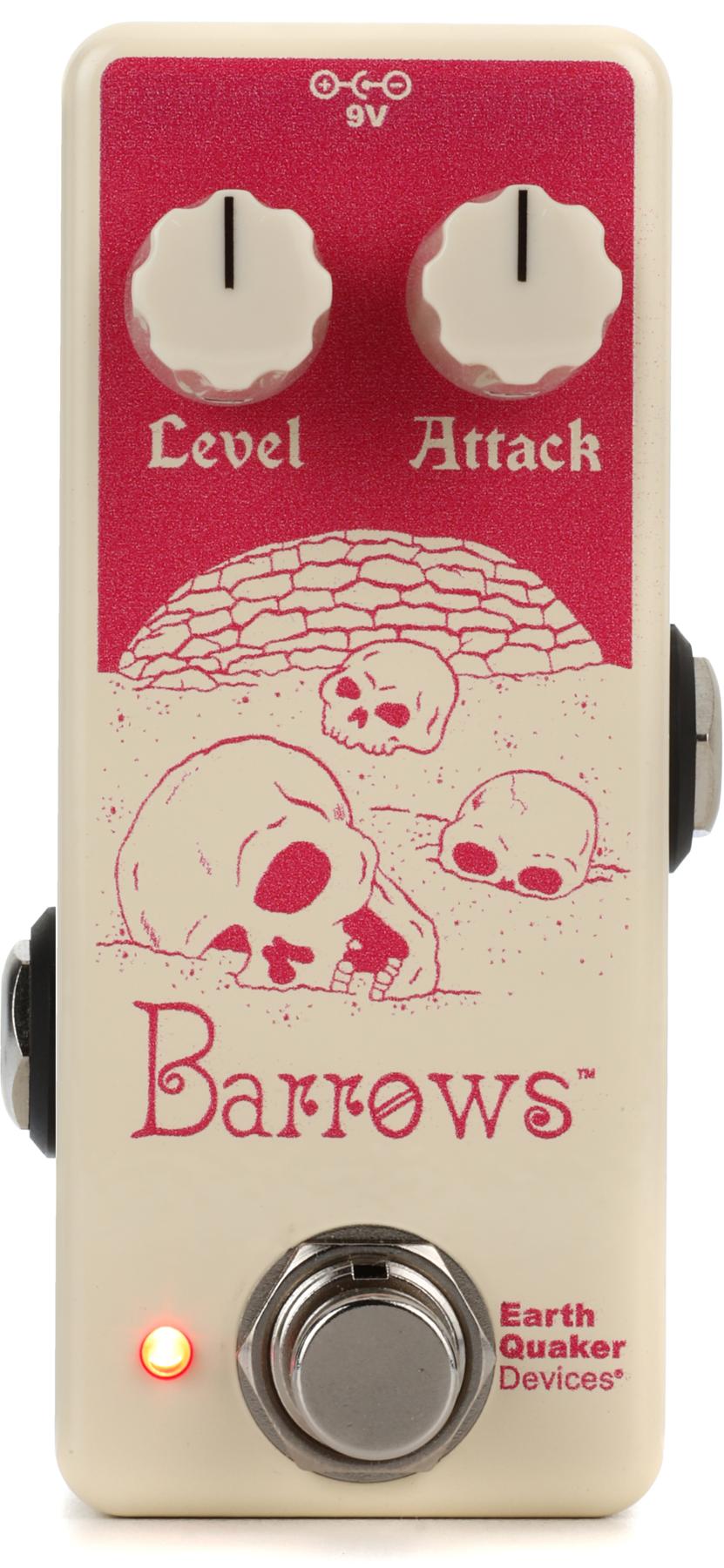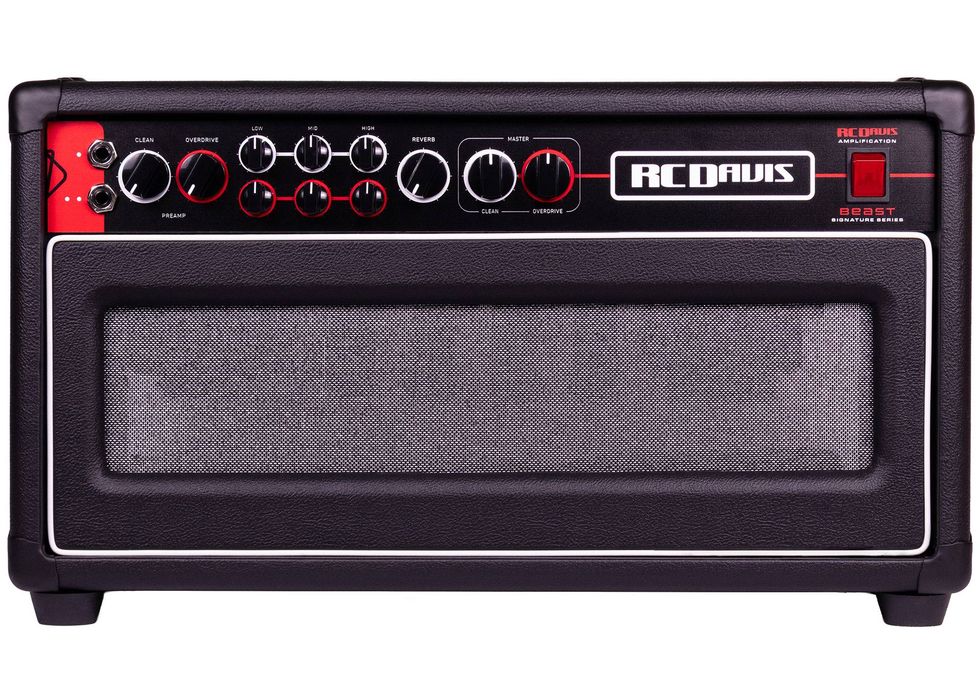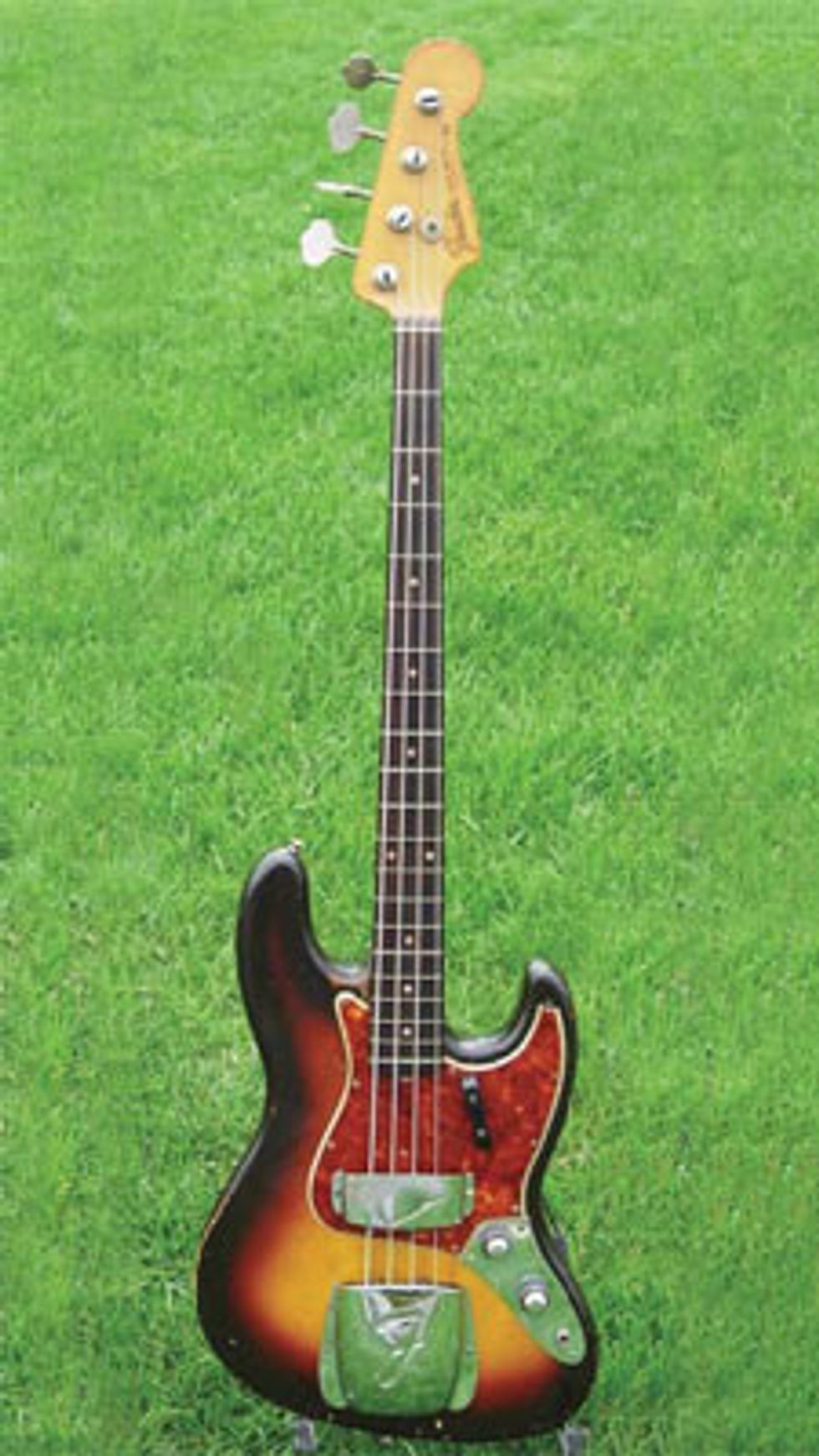 | |
|
Through some horse-trading my shop acquired four viable candidates, which all went head-to-head in a showdown. The testing was all done blindfolded to keep initial impressions limited to tone and feel. Each bass went through three different rigs: a vintage Seventies Ampeg SVT with a matching 8x10 cabinet to reproduce highvolume situations; a 1968 Ampeg B-15 to reproduce studio situations; and lastly, a Hartke head going through an old set of Bag End 1x12 cabinets to simulate what you’d be playing in 95 percent of your studio rehearsal halls. The four basses used in the test are as follows.
The Reigning Champ
We got our hands on a real deal, 1961 stack knob Jazz bass. This bass is 100 percent original, unmodified and show room complete. Weighing in at 8.5 pounds, the output at the amp end of the jack was 3.59K. Measurements showed the nut to be 1.5”, transitioning to 2 7/16” at the last fret. The tone of this instrument could be described as purely from the gods – buttery and focused, although she will wake up in a hurry when you start to dig in. Even blindfolded, you could feel an intense mojo that could not be recreated or purchased. I would like to thank Gary Rivenson for the use of his number one axe.
The Contender and New Kid on the Block
My friend Craig Brody of Guitar Broker commissioned the Fender Custom Shop to make six 1960 stack knob basses. One bass was to be made in each of his favorite colors, and most importantly, the basses were to be made to his exact specifications. The bottom line is this bass feels, looks and performs nothing like a standard Custom Shop bass. It weighs 8.5 pounds, has an output of 3.65K and a 1.5” nut, filling out to 2.5” at the last fret. Front to back, the neck was thicker than the real 1961 Stacker, but the tone on this bass was robust, almost like a good P-bass. The area that this newbie could not match was the response to digging in – she performed well but the old coot blew her doors off.
The next pair consisted of 1966 dots and bound Jazz basses. One was real and one was a limited edition Custom Shop reissue.
The Rock Star
We put our hands on a 1966 custom color Candy Apple Red Jazz bass in completely original condition. She weighed in a little zaftig but still comfortable 9.7 pounds. The standard nut was 1.5” and the fingerboard was 2.5” wide at the last fret.
While the Stackers showed up wearing old school mandolin fretwire, the ‘66s showed up with modern wide wire.
The interesting stat here revolved around the output; although it measured 3.37K, this bass was loud. To my ear, it was easily 15-20 percent louder than the other three. I love P and J basses from 1966. They’re loud, middy and have a delightfully snotty disposition, and this bass certainly did not disappoint. If the Stackers are gentlemanly in nature – like a vintage Porsche 911 – the ‘66 is a jacked up Chevelle with a blower. I’d like to thank my good friend Ed Zdrok for the use of his baby.
The Mirror Star
My shop acquired one of a limited run of Custom Shop 1966 dots and bound Jazz basses, made using the usual components by the usual crew. This Sonic Blue honey weighed in at 9 pounds flat. The output was 3.55K, while the neck was 1.5” at the nut and 2.5” inches at the last fret. The pickups were the usual bevel-edged Custom Shop units. It sounded great in a modern way, and man did it ever look the part! The look of this bass is amazing – admired after the blindfold came off, of course.
The Final Mojo
All four basses looked, performed and sounded incredible – but different. In the end, the hands down winner was the realdeal ‘61 Stacker. There’s a reason these basses are north of $20,000. Everyone should own one at one point in their life – sell the dog and work three jobs if you must. Second place was given to the ‘66 real-deal Candy Apple Red. With looks that will kill and tone for days, there’s an unmistakable “wow” factor here, and it’s priced within dreaming distance. A very close third place went to the Guitar Broker Stacker. On many occasions I thought this was the real ‘66 bass. I am calling this bass the first understudy, because she is that good. The fourth place bass, but absolutely no loser, is the ’66 Custom Shop reissue. It had gorgeous looks, great tone and great playability, but it will never come off as the real thing. Think of this as the 2008 Shelby Cobra – it looks old school, but is cutting edge. There are no losers here, just winners.
Anyway I’m going to wrap up a little different this month. I’d like to dedicate this month’s column to my cousin Ezra, who passed a few weeks ago. He was a man of knowledge, inspiration and friendship. Most importantly, he was just a good dude. I’ll see y’all in Dallas, and feel free to bring cannolis!
Kevin Borden
Kevin Borden has been a bass player since 1975, and is currently President of Goodguysguitars.com.
Feel free to call him KeBo.
He can be reached at Kebobass@yahoo.com







